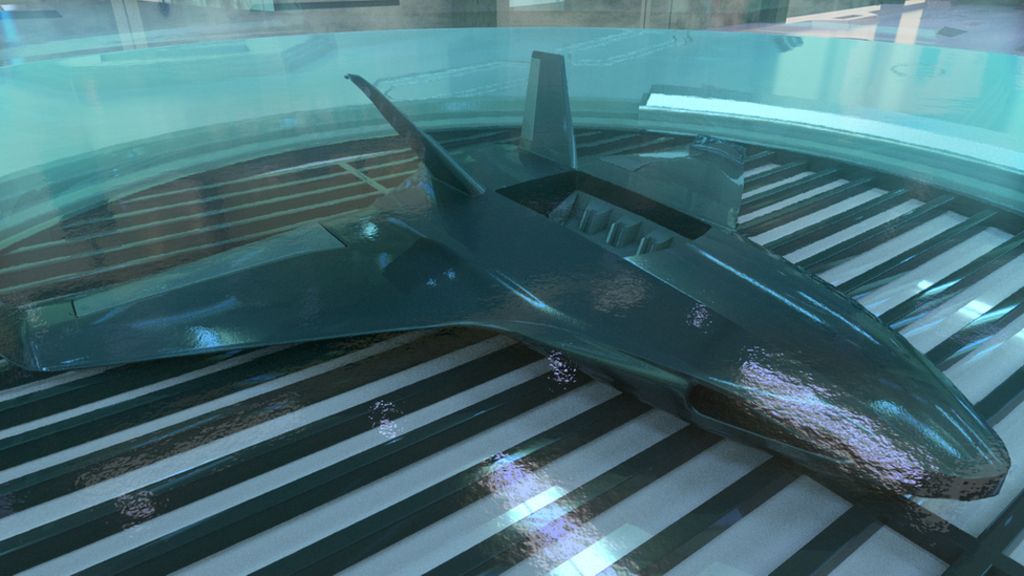PRROYAL AIR FORCE FAIRFORD, England (AFNS) -- The Air Combat Command F-35A Heritage Flight team accomplished America’s first transatlantic flight in an F-35A Lightning II, with refueling support from a KC-10 Extender, when it touched down here June 30.
This historic flight, which brought the team to England from Joint Base McGuire-Dix-Lakehurst, New Jersey, was a first for not only the F-35A; it was also the KC-10’s first time refueling the fighter jet transcontinentally.
“Any time there is a first in the United States Air Force and you get to be a part of it, is a real honor,” said Capt. Daniel DeRusha, a 9th Air Refueling Wing KC-10 aircraft commander. “Our crew is just like any other KC-10 crew; they are all more than capable of performing this mission.”
The fifth-generation fighter traveled to England in support of the Royal International Air Tattoo, the world’s largest military air show, which takes place July 14-16 at Royal Air Force Fairford. The event features joint, coalition and civilian flight teams, aerial acts and static displays.
While the KC-10 is not staying for RIAT, the F-35 will join a P-51 Mustang and F-22 Raptor in a heritage pass showcasing the past, present and future of airpower. The heritage team will also be on the ground before and after the pass to answer attendees’ questions about the U.S. Air Force’s newest fighter jet.
“(When) we can be a part of something that promotes the capabilities of the Air Force as well as the capabilities of our integration with our foreign allies, is a wonderful opportunity,” DeRusha said. “Everyone on the crew understood the importance of that, and we’re very thankful that we got to be a part of it.”
For the lead F-35A pilot, this historic flight and opportunity at RIAT not only showed the jet’s airpower but also the strength of the Air Force.
“It really shows the teamwork that went into it; not only the logistics support, but the maintainers to the tanker units -- it really was a team effort,” said Maj. Will Andreotta, the ACC F-35A Heritage Flight team commander. “Being able to go international with the F-35 is a huge honor. It’s something that we can now bring out to people and say, ‘This is what the Air Force in the United States is going to offer in the future and this is what your country is going to offer as well."

